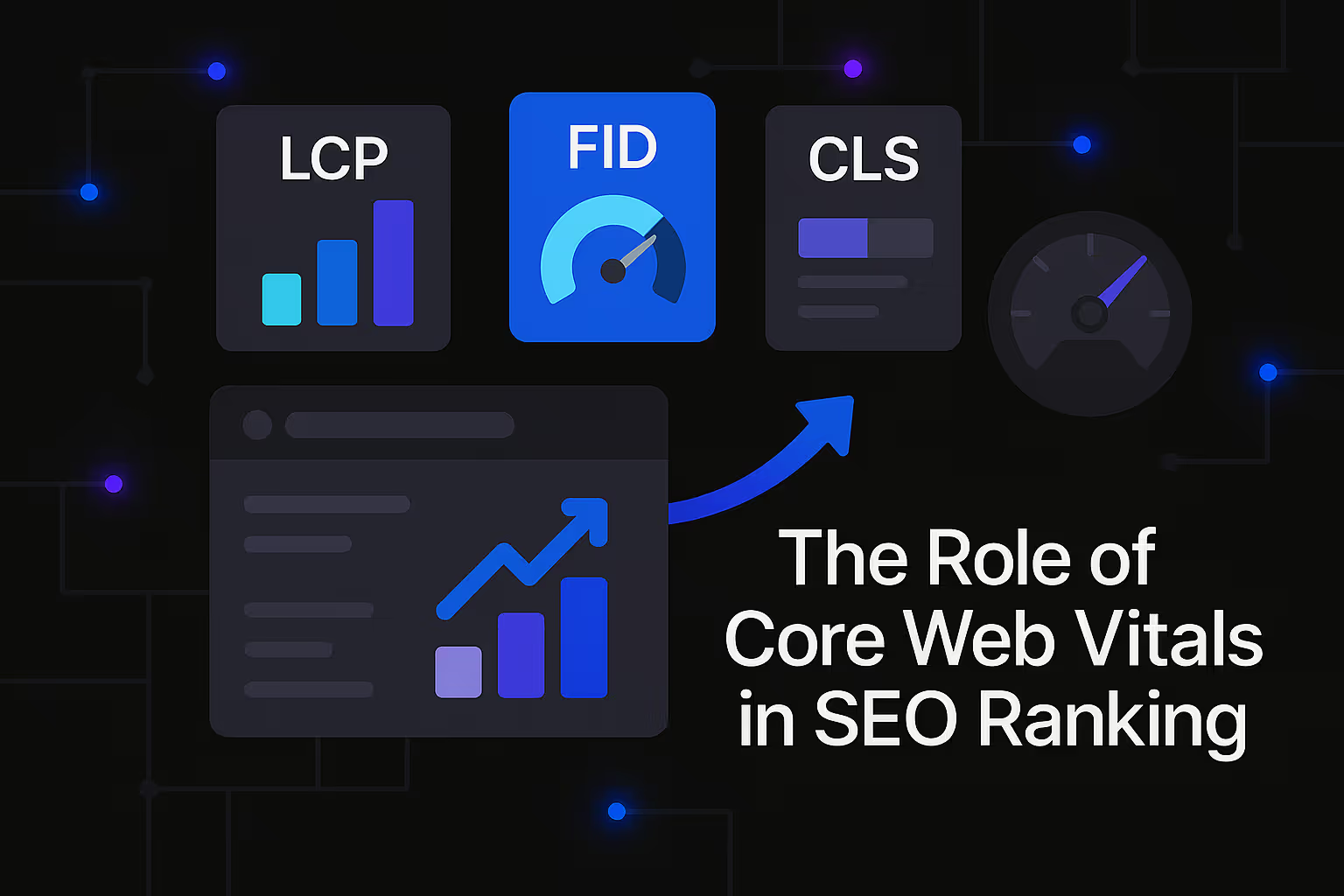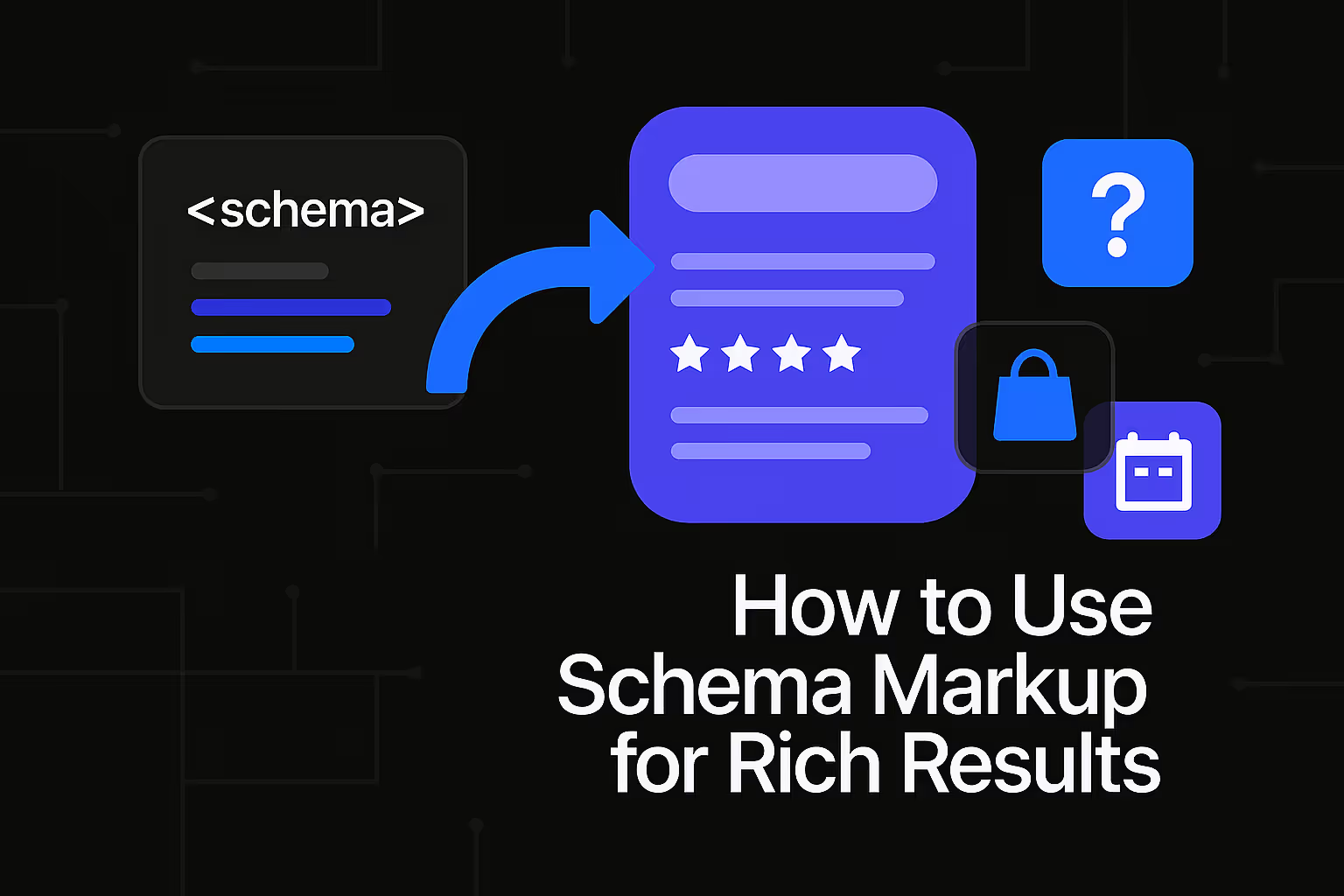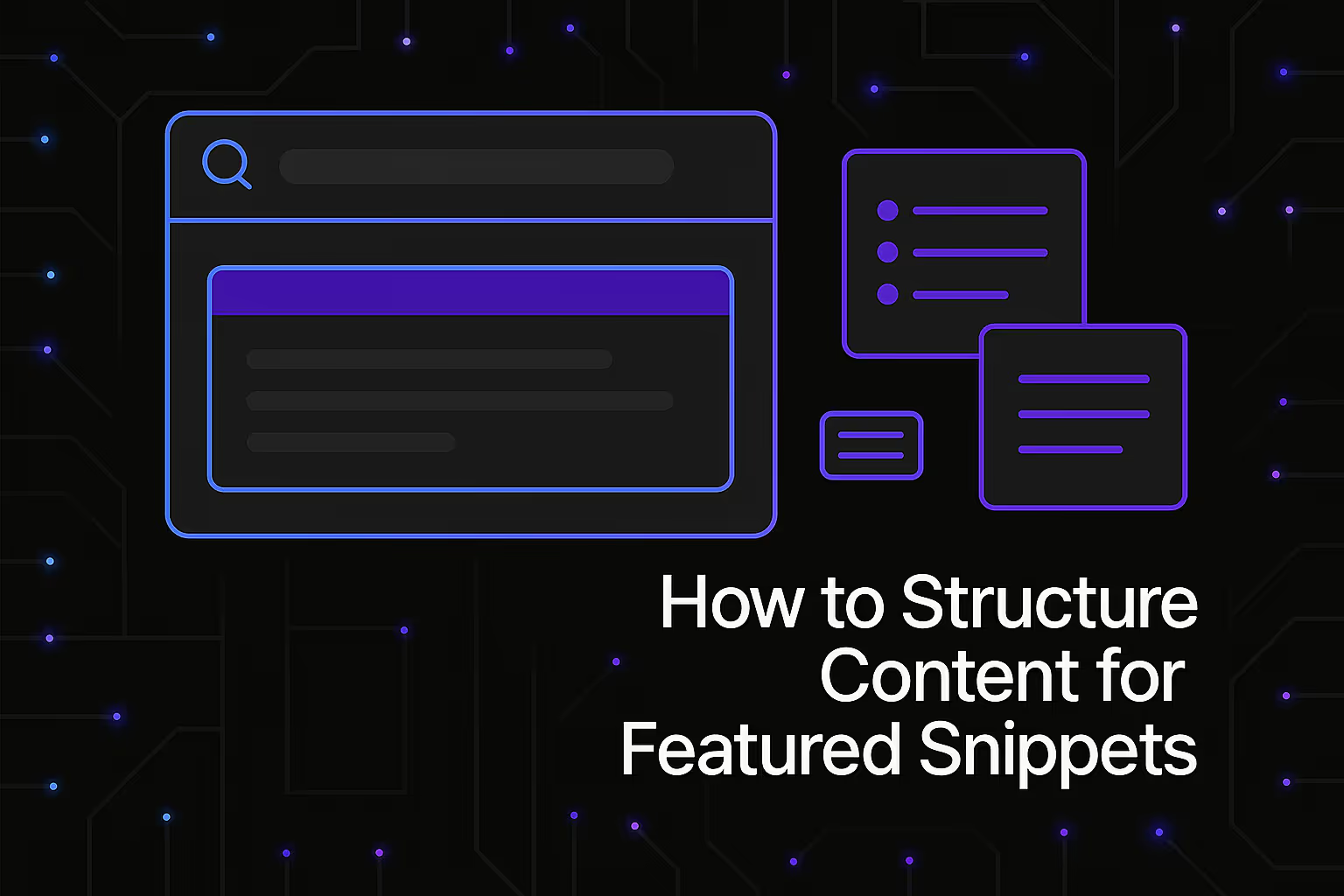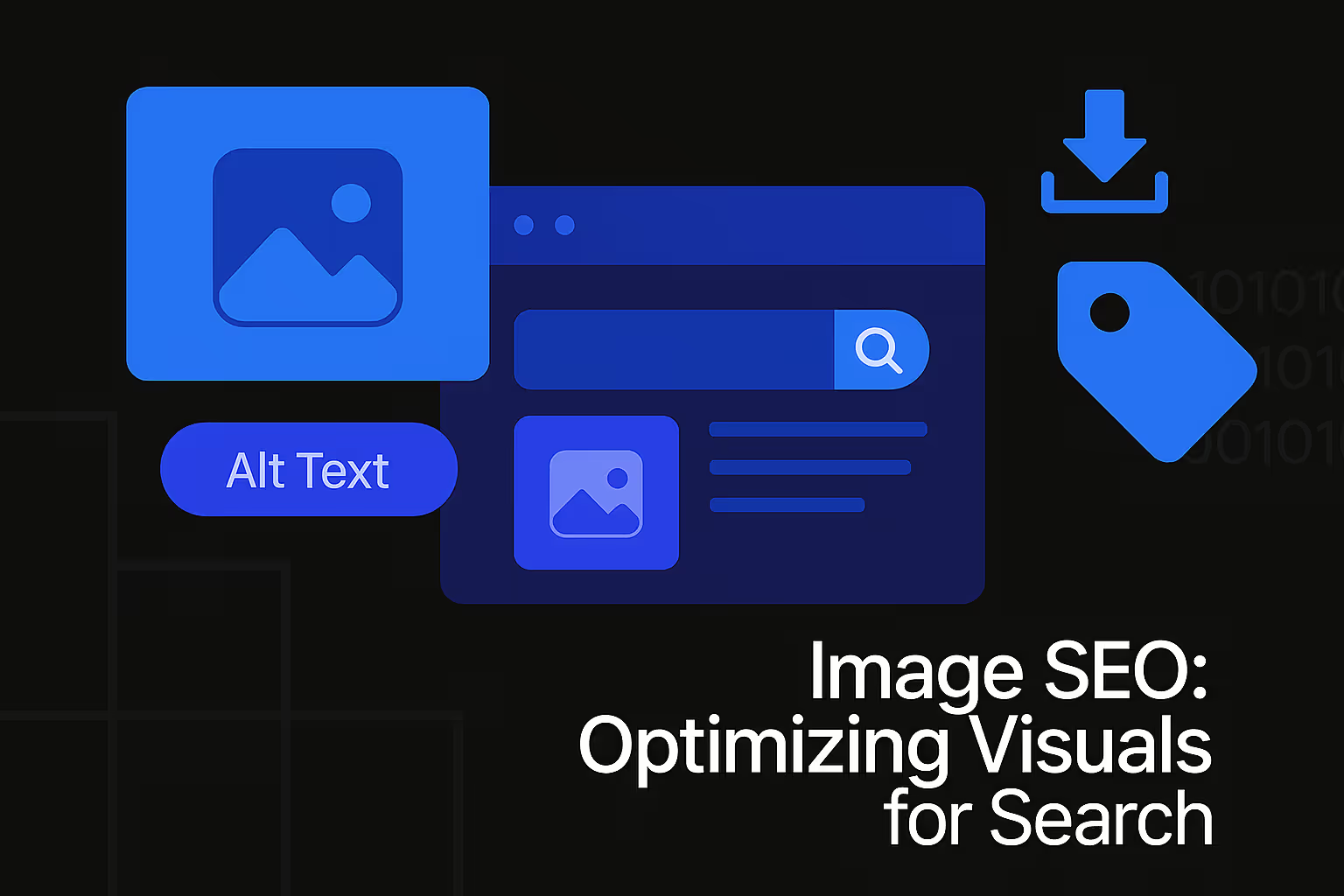The Role of Core Web Vitals in SEO Ranking

In the constantly evolving digital landscape, search engine optimization, or SEO, is no longer solely about keyword density and backlinks. While these elements remain significant, the focus has broadened to encompass the entire user journey, particularly the experience users have when interacting with a website. Google, as the dominant search engine, has consistently refined its algorithms to prioritize websites that offer not just relevant content, but also a seamless, intuitive, and enjoyable user experience. At the forefront of this shift are Core Web Vitals, a set of specific, measurable metrics that quantify key aspects of how users perceive the performance and stability of a web page. Understanding and optimizing these vital signals is no longer merely a recommendation for SEO success; it has become an absolute imperative for any website aiming to achieve and maintain strong search rankings.
The shift towards emphasizing user experience is a natural progression. Search engines aim to deliver the best possible results to their users. A technically flawless website that loads quickly, responds instantly, and remains visually stable provides a far superior experience compared to one that is slow, janky, or frustrating to navigate. Websites that fail to meet these basic expectations often suffer from high bounce rates, low engagement, and ultimately, diminished visibility in search results. Google's core ranking systems are explicitly designed to reward content that provides a superior page experience, and Core Web Vitals serve as a direct measurement of this critical element. Ignoring them is akin to building a beautiful house on a shaky foundation; no matter how appealing the interior, its instability will eventually lead to its downfall in the eyes of visitors and, consequently, search engines.
What Exactly Are Core Web Vitals? Decoding the User Experience Metrics
Core Web Vitals consist of three distinct metrics, each measuring a unique facet of the user experience on a web page. These metrics provide a quantifiable framework for assessing a site's performance from the user's perspective, moving beyond traditional technical performance indicators to focus on what truly impacts how a user interacts with content.
Largest Contentful Paint (LCP): Measuring Loading Performance
Largest Contentful Paint, or LCP, is a crucial metric that quantifies the perceived loading performance of a web page. Specifically, LCP measures the time it takes for the largest content element visible within the viewport to fully render. This "largest content element" can be an image, a video, a large block of text, or any other significant visual component that dominates the initial screen view. LCP is significant because it directly correlates with how quickly a user perceives that a page has loaded and is ready for interaction. A slow LCP can create a frustrating first impression, leading users to abandon a page before they even have a chance to engage with its content.
For a good user experience, the aim is for LCP to occur within 2.5 seconds of the page starting to load. Exceeding this threshold can signal to search engines that the page offers a suboptimal loading experience, potentially impacting its search ranking. Optimizing LCP involves a multi-pronged approach, focusing on elements that contribute to initial page rendering. This includes ensuring fast server response times, which often means investing in a high-quality web host or utilizing a Content Delivery Network (CDN). Image optimization is another significant factor; large, uncompressed images are frequently the biggest culprits behind poor LCP scores. Strategies like compressing images, using modern image formats like WebP, and implementing responsive images that load appropriately for different screen sizes can drastically improve LCP. Furthermore, minimizing render-blocking resources, such as excessive CSS or JavaScript files that prevent the page from rendering initially, is vital. Developers can achieve this through techniques like code splitting, deferring non-critical CSS and JavaScript, and inlining critical CSS.
Interaction To Next Paint (INP): Assessing Responsiveness
Interaction To Next Paint, or INP, is a relatively newer Core Web Vital that measures the overall responsiveness of a page to user interactions. This metric observes the latency of all interactions that occur during a user's visit to a page and reports a single, representative value at the end of the visit. An "interaction" can be anything from a tap, a click, or a key press. INP specifically measures the delay from when a user initiates an interaction until the browser is able to paint the next visual frame on the screen, reflecting the outcome of that interaction. This includes the time it takes for event handlers to run, the time it takes for the browser to render the visual update, and any other delays in between.
A low INP score signifies that a page is highly responsive, providing immediate visual feedback to user actions and creating a fluid, engaging experience. Conversely, a high INP indicates a laggy or unresponsive page, where user actions are met with frustrating delays. To provide a good user experience, the aim is for INP to be less than 200 milliseconds. Strategies for improving INP primarily revolve around optimizing JavaScript execution. This includes reducing the amount of JavaScript on the page, breaking up long JavaScript tasks into smaller, more manageable chunks, and optimizing event listeners to ensure they don't block the main thread. Minimizing the impact of third-party code, such as analytics scripts or advertising tags, is also critical, as these often contribute significantly to interaction delays. Efficiently handling user input and ensuring that the browser can quickly respond to user actions are central to achieving an excellent INP score.
Cumulative Layout Shift (CLS): Quantifying Visual Stability
Cumulative Layout Shift, or CLS, measures the visual stability of a web page. It quantifies the unexpected shifting of page content during the loading process or subsequent interactions, beyond user-initiated changes. Imagine visiting a news website, starting to read an article, and suddenly, an image or an advertisement loads above the text, pushing everything down and forcing you to lose your place. This disruptive phenomenon is precisely what CLS aims to measure and prevent. CLS calculates a score based on the amount of unexpected layout shift and the distance the elements move. A lower CLS score indicates a more stable page, providing a predictable and comfortable viewing experience.
For a good user experience, the aim is for CLS to be less than 0.1. A high CLS score indicates a frustrating and unprofessional user experience, as content unpredictably jumps around, making it difficult to read or interact with the page. Common causes of high CLS include images or videos without specified dimensions, dynamic content that gets injected above existing content, web fonts that cause Flash of Unstyled Text (FOUT) or Flash of Invisible Text (FOIT), and ads, embeds, or iframes that resize themselves or load in without reserving adequate space. To improve CLS, it is essential to always include size attributes on images and video elements, or reserve the necessary space using CSS aspect ratio boxes. For dynamically injected content, ensure it does not cause existing content to shift, or if it must, ensure it is in response to a user-initiated action. Carefully managing ads and embeds, perhaps by reserving a fixed slot for them, can also significantly reduce layout shifts.
The Direct Link: How Core Web Vitals Influence Search Rankings
Google's evolution has consistently highlighted its commitment to user experience. The introduction and increasing emphasis on Core Web Vitals are a testament to this ongoing dedication. These metrics are not merely suggestions for web developers; they are integral components of Google's broader "page experience" signals, which are directly incorporated into its core ranking systems. This means that a website's performance on Core Web Vitals can directly influence its visibility and position in search engine results pages (SERPs).
The connection is multifaceted and powerful. Firstly, Google explicitly rewards websites that provide a superior page experience. This is rooted in the "people-first content" philosophy, which Google has consistently promoted. In essence, if a website offers content that is not only high-quality and relevant but also delivered in a user-friendly manner—meaning it loads quickly, is interactive, and visually stable—it is inherently providing a better experience for the search engine's users. This, in turn, signals to Google that the website is a valuable resource, making it more likely to be ranked higher.
Secondly, the impact of Core Web Vitals extends beyond direct ranking signals. They have a significant cascading effect on other critical SEO factors. For instance, a fast-loading page with excellent LCP often leads to lower bounce rates. Users are more likely to stay on a page that loads instantly and provides immediate content. Similarly, a highly responsive page (good INP) encourages more interactions and longer session durations, as users don't encounter frustrating delays. A visually stable page (low CLS) reduces user frustration, promoting deeper engagement with the content. These positive user engagement signals—lower bounce rates, longer time on page, increased interactions—are strong indicators to search engines of content quality and relevance. When users are spending more time on a site and engaging with its content, it suggests that the site is meeting their needs, which indirectly boosts its authority and trustworthiness in the eyes of Google, consequently improving search rankings.
Furthermore, mobile-friendliness is inextricably linked to Core Web Vitals. With the vast majority of internet traffic now originating from mobile devices, Google has long championed mobile-first indexing. A website that performs poorly on Core Web Vitals on mobile devices will inherently provide a poor mobile experience, which will negatively impact its SEO. The optimization strategies for Core Web Vitals often align perfectly with strategies for improving overall mobile performance, reinforcing their symbiotic relationship within the broader SEO ecosystem. Therefore, optimizing these vitals is not just about meeting a technical benchmark; it's about fundamentally enhancing the user journey on all devices, which directly translates into better search engine performance.
Strategies for Optimizing Core Web Vitals and Boosting SEO
Improving Core Web Vitals requires a strategic and often technical approach. It’s not a one-time fix but an ongoing commitment to refining a website’s performance and user experience. The good news is that many optimization strategies offer compounding SEO benefits, positively impacting multiple aspects of a site’s ranking profile.
Enhancing Loading Performance: Mastering Largest Contentful Paint
To significantly improve Largest Contentful Paint, the focus must be on delivering the largest content element as quickly as possible. A fundamental starting point is optimizing server response time. This involves ensuring your web host provides robust and fast servers, potentially upgrading your hosting plan, or implementing a Content Delivery Network (CDN). A CDN caches your website's content on servers distributed globally, allowing users to load content from a server geographically closer to them, dramatically reducing latency.
Another critical area is image optimization. Images are frequently the largest elements on a page and a primary contributor to slow LCP. This means compressing images without sacrificing quality, using modern image formats like WebP or AVIF which offer superior compression, and implementing responsive images that serve different sizes based on the user's device. Leveraging lazy loading for images and other media that are "below the fold" (not immediately visible on screen) can also prevent them from blocking the initial render, allowing the LCP element to load faster.
Finally, minimizing render-blocking resources is paramount. JavaScript and CSS files can prevent the browser from rendering content until they are fully loaded and parsed. Auditing your code to identify and eliminate unnecessary scripts and styles is crucial. For essential CSS, consider inlining critical CSS directly into the HTML for the above-the-fold content, and deferring the rest. For JavaScript, deferring scripts that are not immediately needed, or using the `async` attribute, can prevent them from blocking the main thread during initial page load. Preloading critical assets, such as specific fonts or key images, can also inform the browser to fetch them earlier in the loading process.
Improving Interactivity: Perfecting Interaction To Next Paint
Optimizing for Interaction To Next Paint primarily involves ensuring that the website's main thread, responsible for processing user interactions and updating the UI, remains free and responsive. The biggest culprit for high INP is often excessive JavaScript execution. This means auditing all JavaScript on your site, including third-party scripts, to identify and minimize their impact.
Strategies include reducing JavaScript execution time by optimizing code, removing unused JavaScript, and leveraging techniques like tree-shaking to eliminate dead code. Breaking up long tasks into smaller, asynchronous chunks allows the browser to respond to user input even while other processes are running. This prevents the page from becoming unresponsive during heavy computational loads.
Optimizing third-party scripts is also crucial. These external scripts, often used for analytics, advertisements, or social media widgets, can significantly block the main thread and delay interactions. Consider loading them with `defer` or `async` attributes, or explore alternatives that have less performance overhead. Efficient event handlers are also vital; ensure that your event listeners are lightweight and don't perform heavy computations directly on user interaction, instead deferring non-critical work to a later time. Regular auditing of your site for script performance using tools like Lighthouse can pinpoint specific bottlenecks.
Ensuring Visual Stability: Controlling Cumulative Layout Shift
Controlling Cumulative Layout Shift is about preventing unexpected movement of content on the page, providing a predictable and stable user experience. The most common cause of CLS is elements loading in without reserved space. This is particularly true for images, videos, and ads.
To combat this, it is essential to always specify dimension attributes for images and video elements within your HTML. By including `width` and `height` attributes, or by using CSS aspect ratio boxes, you instruct the browser to reserve the necessary space for these media elements before they fully load, preventing subsequent shifts.
Similarly, avoiding dynamic content injection above existing content is critical. If new content, such as a banner or a promotional message, must be added to the page, ensure it is either added below existing content or that sufficient space has been reserved for it. For ads and embeds, always reserve a dedicated slot with defined dimensions. If an ad slot remains empty, the reserved space should still be maintained to prevent layout shifts. Content that pushes other elements down when it appears unexpectedly is a major contributor to a poor CLS score.
Finally, font optimization plays a role. When custom web fonts load, they can sometimes cause a "Flash of Unstyled Text" (FOUT) or "Flash of Invisible Text" (FOIT) as the browser temporarily displays a fallback font or no text at all, only to re-render the content once the custom font loads. This can cause text to shift. Using `font-display` properties like `swap` or `optional` and preloading critical fonts can mitigate these shifts and contribute to a better CLS score.
Beyond the Metrics: A Holistic Approach to SEO with Core Web Vitals at its Core
While the technical aspects of Core Web Vitals optimization are significant, it is crucial to understand that these metrics are not isolated criteria. They are deeply intertwined elements within Google's broader understanding of what constitutes a high-quality website. Prioritizing Core Web Vitals is not just about chasing scores; it is about embracing a holistic approach to SEO where user experience is paramount.
Core Web Vitals work in synergy with other critical SEO factors, such as content quality, E-E-A-T (Experience, Expertise, Authoritativeness, and Trustworthiness), and overall site architecture. A technically perfect website with poor, irrelevant, or untrustworthy content will struggle to rank, regardless of its LCP, INP, and CLS scores. Conversely, even the most authoritative and expertly crafted content will fail to achieve its full potential if it's delivered on a slow, janky, or visually unstable platform. The best SEO strategy considers technical performance, content excellence, and user satisfaction as interconnected pillars.
The "people-first content" philosophy Google promotes reinforces this idea that optimizing for one factor can have a cascading positive effect on others. When a site loads quickly and is a joy to interact with, users are more likely to spend more time on it, explore more pages, and return in the future. This increased user engagement signals higher content quality and relevance to search engines, building a more robust and effective ranking profile.
Therefore, the investment in Core Web Vitals optimization should be viewed as a fundamental component of a sustainable SEO strategy. It demands continuous monitoring and improvement. The digital landscape is dynamic, and user expectations, along with Google's algorithms, are constantly evolving. Regular audits of your Core Web Vitals performance using tools like Google Search Console, Lighthouse, and PageSpeed Insights are essential to identify new bottlenecks and ensure that your website consistently meets the desired thresholds. This proactive approach ensures that your website remains competitive and continues to deliver a top-tier user experience, solidifying its position in search rankings over the long term.
In conclusion, the role of Core Web Vitals in SEO ranking is not merely supplementary; it is foundational. These metrics serve as a quantifiable bridge between technical website performance and actual user experience, which Google has unequivocally established as a critical ranking factor. By meticulously optimizing for Largest Contentful Paint, Interaction To Next Paint, and Cumulative Layout Shift, website owners and SEO professionals are not just addressing technical checkboxes; they are fundamentally enhancing the quality of their digital presence. This commitment to delivering a fast, responsive, and visually stable user experience leads directly to improved engagement, lower bounce rates, and ultimately, higher visibility and stronger positions in search engine results, proving that in today's search landscape, user satisfaction is the ultimate pathway to SEO success.
Similar Insights
Stay Updated with Our Insights
Join our newsletter for the latest trends and tips in web development and digital marketing.




